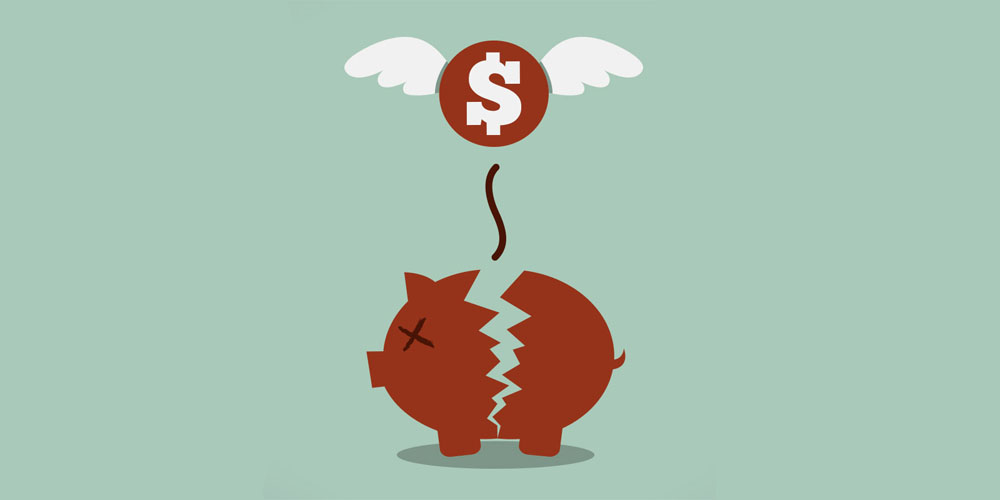The United States is witnessing an alarming rise in corporate bankruptcies, reaching a four-year peak. This surge underscores the ongoing economic challenges faced by businesses across various sectors.
In the third quarter alone of this yea, the number of corporate bankruptcies soared to 182, with 62 filings occurring in September. This marks the highest quarterly total since 2020, reflecting the severe financial strain on companies. The primary drivers behind this increase include persistent inflation and elevated interest rates, which have significantly impacted business operations and profitability.
Economic analysts point to several factors contributing to this trend. High inflation has eroded consumer purchasing power, leading to reduced demand for goods and services. Concurrently, rising interest rates have increased borrowing costs, making it more challenging for companies to manage debt and finance operations. These conditions have created a perfect storm, pushing many businesses to the brink of insolvency.
The retail and hospitality sectors have been particularly hard hit, with numerous well-known brands filing for bankruptcy. Smaller businesses, lacking the financial resilience of larger corporations, have also been disproportionately affected. This wave of bankruptcies is expected to have a ripple effect on the broader economy, potentially leading to job losses and further economic instability.
Despite these challenges, some experts remain cautiously optimistic. They believe that as inflationary pressures ease and interest rates stabilize, the rate of bankruptcies may decline. However, the current situation serves as a stark reminder of the vulnerabilities within the U.S. economy.
For businesses navigating these turbulent times, strategic financial planning and prudent management are more critical than ever. Companies must adapt to the evolving economic landscape to survive and thrive in the long term.
